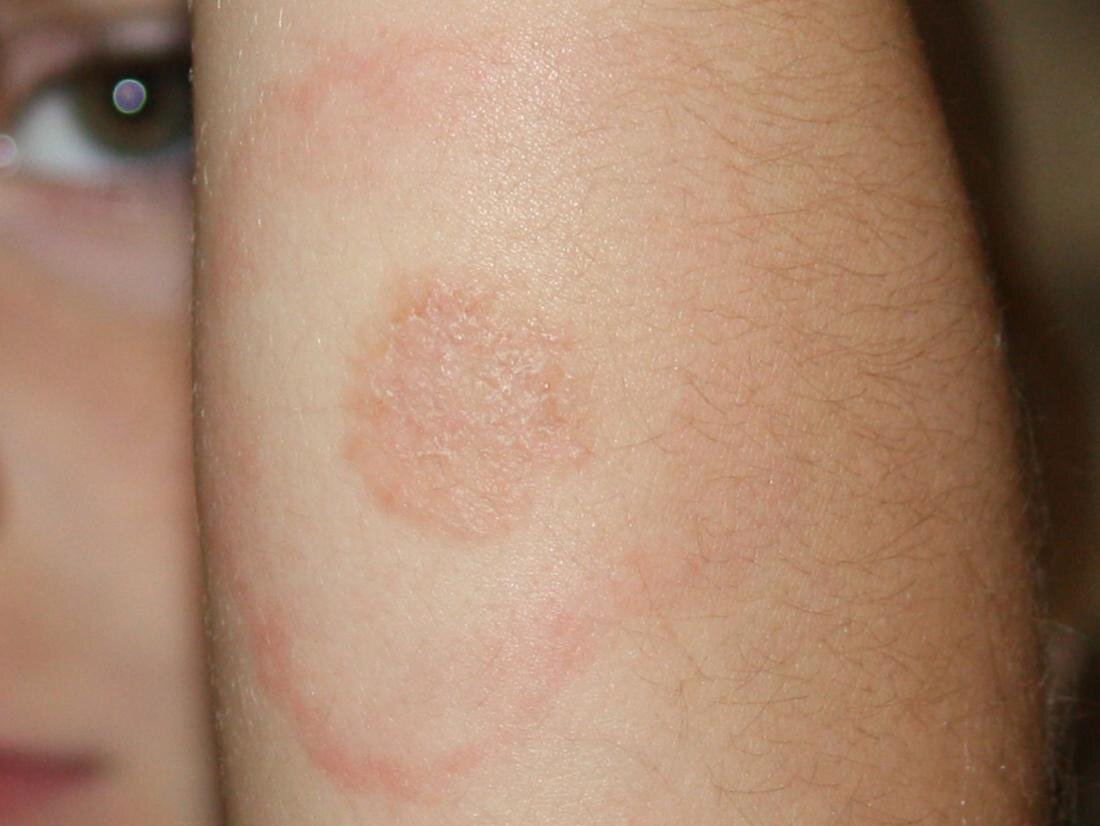How LymeTV is crushing those evil ticks seeking world domination
Tick bites woman. Woman bites back, by launching LymeTV, a media foundation that aims to end the ignorance surrounding tick-borne diseases.
While Adina Bercowicz was applying to graduate school, she began experiencing a variety of mysterious symptoms, including crushing fatigue, joint aches, and frequent mind-blowing headaches. She thought it would go away in a few days, but it didn’t. And for the next two years, she kept visiting doctors, searching for relief from her forever illness. Her symptoms progressed into debilitating chronic pain and a significant cognitive decline, so bad that she couldn’t even recognize her own car.
She had to put her education and life on hold. That is, until a Miami-based physician recognized that Adina’s symptoms were similar to those of her daughter who was suffering with Lyme disease. To explore that possibility, her medical team extracted spinal fluid and a pathologist discovered that it was teeming with Borrelia burgdorferi, the corkscrew-shaped, tick-borne bacterium that causes Lyme disease. It was direct evidence that she had Lyme encephalitis, brain inflammation that can cause memory and concentration issues, headache, mild depression, irritability, fatigue, or excessive daytime sleepiness.
But despite years of treatment, she couldn’t get better, and she ultimately ended up in the intensive care unit to undergo allergy desensitization to ceftriaxone, the best antibiotic for treating her brain infection. Around the same time, it was discovered that the tick or ticks that bit her had also transmitted other pathogens along with Lyme, including the Rocky Mountain spotted fever bacterium, and babesia and anaplasma, two microbes that infect human blood cells.
She was left aghast with the question, why did it take five years to figure this out and get treated? Although her treatment relieved many of her major symptoms, she was left with the permanent damage caused by years of an unchecked infection.
“A tick bite can kill you,” says Adina, to those who think that these diseases are easy to diagnose, treat, and cure.
Adina’s frustration with the medical community’s lack of knowledge about tick-borne diseases inspired her to start LymeTV.org. This foundation aims to educate physicians and the public on the latest tick-borne disease science through TV commercials, a documentary, community events, and prevention resources targeting school-aged children. Yan Zelener, PhD, with degrees from MIT and Columbia University, is LymeTV’s director of science and research and Adina’s husband.
LymeTV’s latest project, the Tick Jedi School Health Program, features a fun, interactive, educational cartoon that teaches kids about tick avoidance, tick checks, and Lyme disease basics. (The animation’s screenwriters have written episodes for Disney Channel and Disney—ABC Television Group, ensuring an age-appropriate learning experience.) Designed for children from five to twelve years old, the program also comes with prevention posters and workbooks that engage kids with fun educational activities.
This project was a top-five winner of the Invisible International 2020 Hackathon, which was focused on creating education and awareness around tick-borne illness. Hackathon funding is helping LymeTV with outreach to schools and summer camps.
Tick-borne illnesses like Lyme disease affect children more than any other age group, yet only about 1 in 10 check for ticks after playing outside. Lyme disease is the fastest growing vector-borne illness in the United States, with an estimated 476,000 new cases a year, according to the Centers for Disease Control. If ticks take a blood meal undetected, they can transmit other dangerous bacteria and viruses to humans and pets, including the Babesia parasite, the Rocky Mountain spotted fever bacterium, and the Powassan virus. Prevention through tick checks and avoidance is the best way to stay safe.
LymeTV is a 501(c)(3) a nonprofit foundation based in Portland, Maine, focused on reducing the incidence of dangerous tick-borne diseases. Learn more about the Tick Jedi program and try out their interactive cartoon here: https://tickjedi.com
Schools, camp, and other organizations can register here for the program’s complete set of educational resources.
Invisible International is a 501(c)(3) nonprofit foundation dedicated to reducing the suffering associated with invisible illnesses and social marginalization through innovation, education, and change projects, such as the Lovell family-sponsored Hackathon that helped fund the Tick Jedi program. To donate or to learn more about our many programs to reduce the impact of tick-borne illness, visit the website: https://invisible.international





